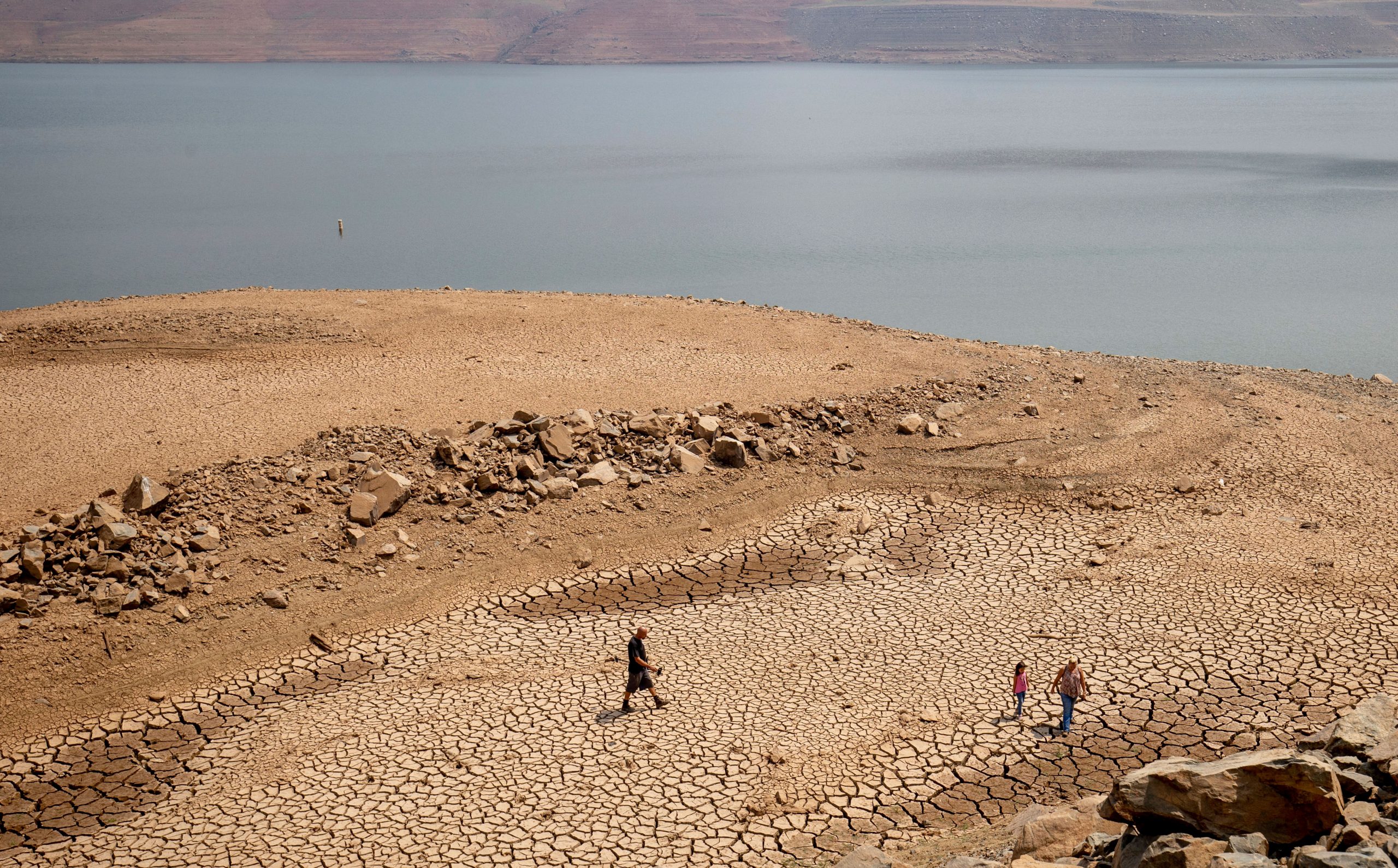California is likely to face another year of parched conditions and pleas for conservation as the winter comes to a close with little of the hoped-for rain and snow.
A wet December that dumped snow in the mountains fueled optimism as 2022 began, but the state may end this month with the distinction of the driest January through March in at least a century.
Also read: Arnold Schwarzenegger to Putin: This is not the Russian people’s war
State water officials are preparing to tell major urban and agricultural water agencies on Friday that they will get even less water from state supplies than the small amount they were promised to start the year.
Meanwhile, the water use went up in January despite calls for conservation. Gov. Gavin Newsom has stopped short of mandatory water-use cutbacks, but his Natural Resources Secretary Wade Crowfoot said recently that local or regional governments might issue their own orders.
Also read: US to increase cost on Russia until President Putin ends war on Ukraine
“The wiser we are with the use of water now means the more sustainable we are if the drought persists,” he said last week at a Sacramento news conference urging people to save water. He added, “water is a precious resource, particularly in the American West, and we have to move away from clearly wasteful practices.”
California is in its second acute drought in less than a decade, and scientists say the US West is broadly experiencing the worst megadrought in 1,200 years, made more intense by climate change.
Also read: Are American conservatives supporting Russia in the war against Ukraine?
People adapted their water use last drought, in part by ripping up sprinkler-hungry lawns and replacing it with drought-resistant landscapes, and many of those water-saving habits stuck.
But the dry conditions that began in 2020 are demanding more conservation, as reservoirs such as Lake Oroville and Shasta Lake remain below historical levels and less water from melting snow is expected to trickle down the mountains this spring.
Also read: Russia-Ukraine conflict: Ukrainian actor Oksana Shvets killed in rocket attack
Current predictions estimate the state will see about 57% of the historical median runoff this April through July, said Alan Haynes, hydrologist in charge for the California Nevada River Forecast Centre of the National Oceanic and Atmospheric Administration.
(With inputs from The Associated Press)







